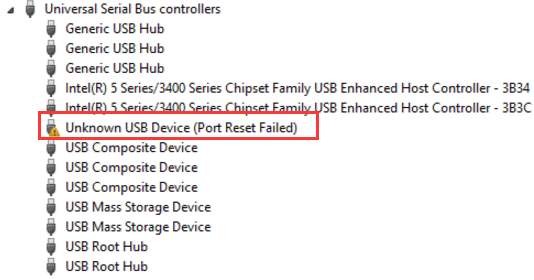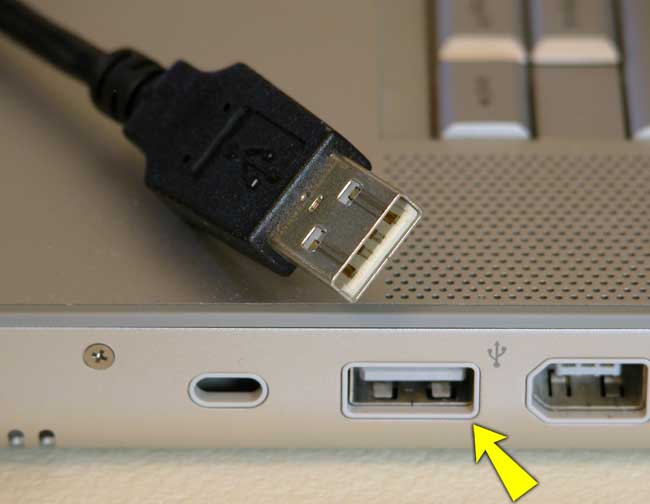

- UNIVERSAL BUS PORT SERIAL
- UNIVERSAL BUS PORT DRIVERS
- UNIVERSAL BUS PORT DRIVER
- UNIVERSAL BUS PORT WINDOWS
USB function class extension (UFX) reference.USB connector manager class extension (UcmCx) reference.
UNIVERSAL BUS PORT DRIVER
Those individual PDOs are managed by their respective USB function drivers, which could be the Winusb.sys driver or a USB device class driver. Usbccgp creates physical device objects (PDOs) for each of those functions. Parent driver for USB devices with multiple functions. USB generic parent driver for composite devices–Usbccgp
UNIVERSAL BUS PORT WINDOWS
Windows provides Winusb.sys that can be loaded as a function driver for a custom device and a function of a composite device.
UNIVERSAL BUS PORT DRIVERS
Windows provides in-box device class drivers for many USB-IF approved device classes, audio, mass storage, and so on. Microsoft provides a core stack of drivers that interoperate with devices that are connected to EHCI and xHCI controllers. Windows defines MS OS descriptors that allows better enumeration when connected to system running Windows operating system Microsoft-provided USB driversĪ set of drivers for handling common function logic for USB devices. USB FAQįrequently asked questions from driver developers about the USB stack and features that are supported in USB. Overview of new features and improvements in USB in Windows 10. Windows also provides programming interfaces that you can use to develop device drivers and applications that communicate with a USB device. Windows operating systems include native support for USB host controllers, hubs, and devices and systems that comply with the official USB specification. The USB-IF is a Special Interest Groups (SIGs) that maintains the Official USB Specification, test specifications and tools. Migration to USB is recommended for all peripheral devices that use legacy ports such as PS/2, serial, and parallel ports.
UNIVERSAL BUS PORT SERIAL
Most USB hubs and serial cards are autosensing and can determine which transmission speed to use from the attached cabling.Universal Serial Bus (USB) provides an expandable, hot-pluggable Plug and Play serial interface that ensures a standard, low-cost connection for peripheral devices such as keyboards, mice, joysticks, printers, scanners, storage devices, modems, and video conferencing cameras.

This is not true daisy-chaining it’s simply an extension of the tiered USB topology. Some monitors have this capability for greater flexibility of configuration. You can physically daisy-chain some USB devices that have built-in USB hubs. To set up this topology, you can arrange USB hubs into star and tiered star arrangements. (A USB system can have only one USB host – the computer that has the USB port.) USB uses a tiered star topology to connect up to 127 USB devices to a single USB port on a host. USB brings plug-and-play functionality to external peripheral devices and is fully supported by Microsoft Windows. USB peripherals include keyboards, mouse devices, joysticks, scanners, printers, monitors, and digital cameras. USB makes it easier to connect peripherals to computers and eliminates the need to configure interrupt request (IRQ) settings or dual inline package (DIP) switches. USB also supports “hot plugging” of peripheral devices, which is similar to that supported by PCMCIA cards in notebook computers.

USB provides higher speeds than traditional RS-232 serial ports and can allow multiple stations to connect to a single port by using USB hubs. Serial cards with universal serial bus (USB) ports are included on most computers sold today, and USB peripherals are becoming popular, especially in the consumer market.


 0 kommentar(er)
0 kommentar(er)
